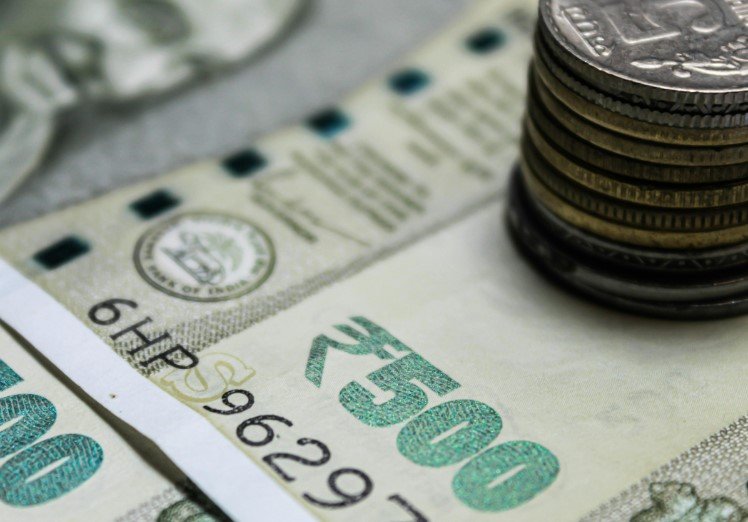The Indian rupee continues to struggle against the U.S. dollar, closing at a record low for the seventh consecutive session. The persistent demand for dollars by importers has kept the rupee under pressure as global factors and domestic economic concerns weigh on its performance.
Dollar Demand from Importers Drives the Fall
On January 1, 2025, the Indian rupee closed at 85.6450 against the U.S. dollar, a slight dip from the previous session’s close of 85.6150. The fall was largely attributed to sustained dollar demand from importers, who are looking to cover their foreign currency requirements ahead of upcoming payments.
This demand has been a significant factor in the rupee’s depreciation trend over the past week. Importers, particularly in sectors like oil and gas, are pushing for the greenback in anticipation of rising costs, further exacerbating the rupee’s downward trajectory.
Despite the muted global trading conditions, with most markets closed for the New Year holiday, the rupee’s weakness was undeniable. Traders and economists expect the currency to continue facing downward pressure in the coming weeks, primarily due to persistent strength in the U.S. dollar.
The U.S. Dollar Remains a Strong Force
The U.S. dollar index has been a key driver behind the rupee’s struggles, reaching a more than two-year peak of 108.58 on December 31, 2024. This surge was largely driven by expectations of higher interest rates for an extended period by the U.S. Federal Reserve, which in turn bolstered the greenback.

The dollar’s strength is seen as a result of the Fed’s ongoing monetary tightening policies, aimed at combating inflation. As the global economy grapples with the challenges of inflationary pressures, the U.S. dollar has gained an upper hand, making it more expensive for countries like India to pay for imports.
Additionally, the political changes in the U.S., such as potential policy shifts under incoming President Donald Trump, have added another layer of uncertainty to the markets, pushing the dollar even higher.
While the global outlook remained subdued due to the holiday season, the market’s focus remained on the dynamics of the dollar’s performance and its impact on emerging market currencies like the rupee.
Economic Slowdown and Trade Deficit Add to Pressures
The Indian rupee’s depreciation is also tied to domestic factors, including India’s slowing economic growth and widening trade deficit. The country is grappling with a slower-than-expected recovery in key sectors like manufacturing and services, which has put additional strain on the currency.
India’s merchandise trade deficit has been growing, with imports outpacing exports. This widening gap has meant that the country requires more dollars to pay for its goods and services, further driving up demand for the U.S. currency.
Rising oil prices, combined with slowing exports, have created a scenario where India’s trade balance continues to put pressure on the rupee. As oil is one of the largest imports for the country, any increase in crude prices leads to a direct outflow of dollars, amplifying the rupee’s weakness.
With analysts predicting further challenges in the economy in the short term, it’s likely the rupee will remain volatile, especially in the face of global uncertainties.
The Outlook: Will the Rupee Recover?
Looking ahead, the outlook for the Indian rupee remains uncertain. Traders and analysts are watching closely for any signs of policy changes from the Reserve Bank of India (RBI) or adjustments to India’s economic strategy that could provide support for the local currency.
While some experts suggest that the rupee may stabilize in the medium term, the ongoing strength of the U.S. dollar, along with domestic growth concerns, leaves little room for optimism in the immediate future. Until global economic conditions improve, or there are significant adjustments to India’s fiscal policies, the rupee may continue to face downward pressure.
The lack of clear positive signals from both domestic and international factors means the Indian rupee could remain vulnerable to further declines, keeping it in a prolonged period of weakness.
